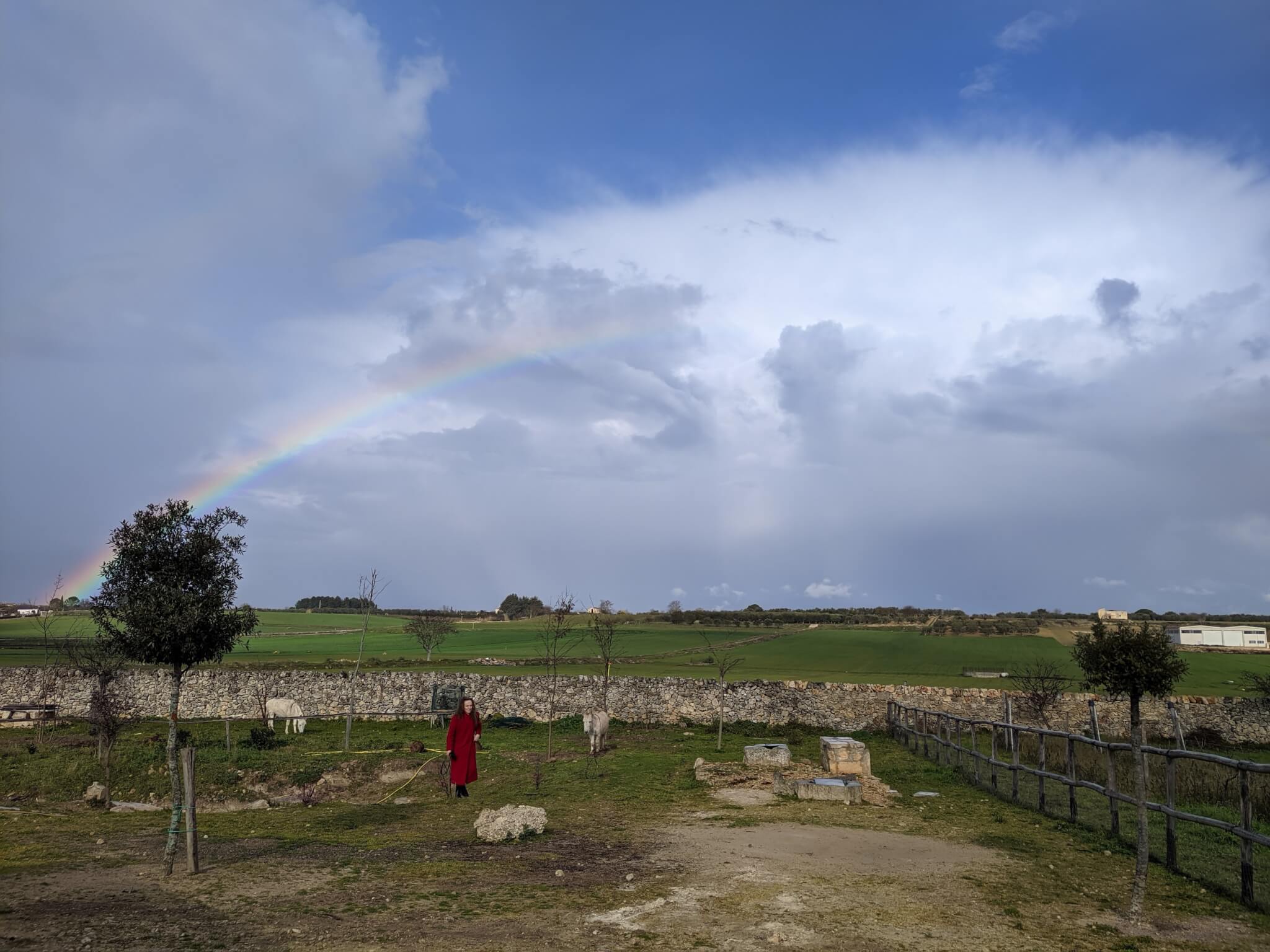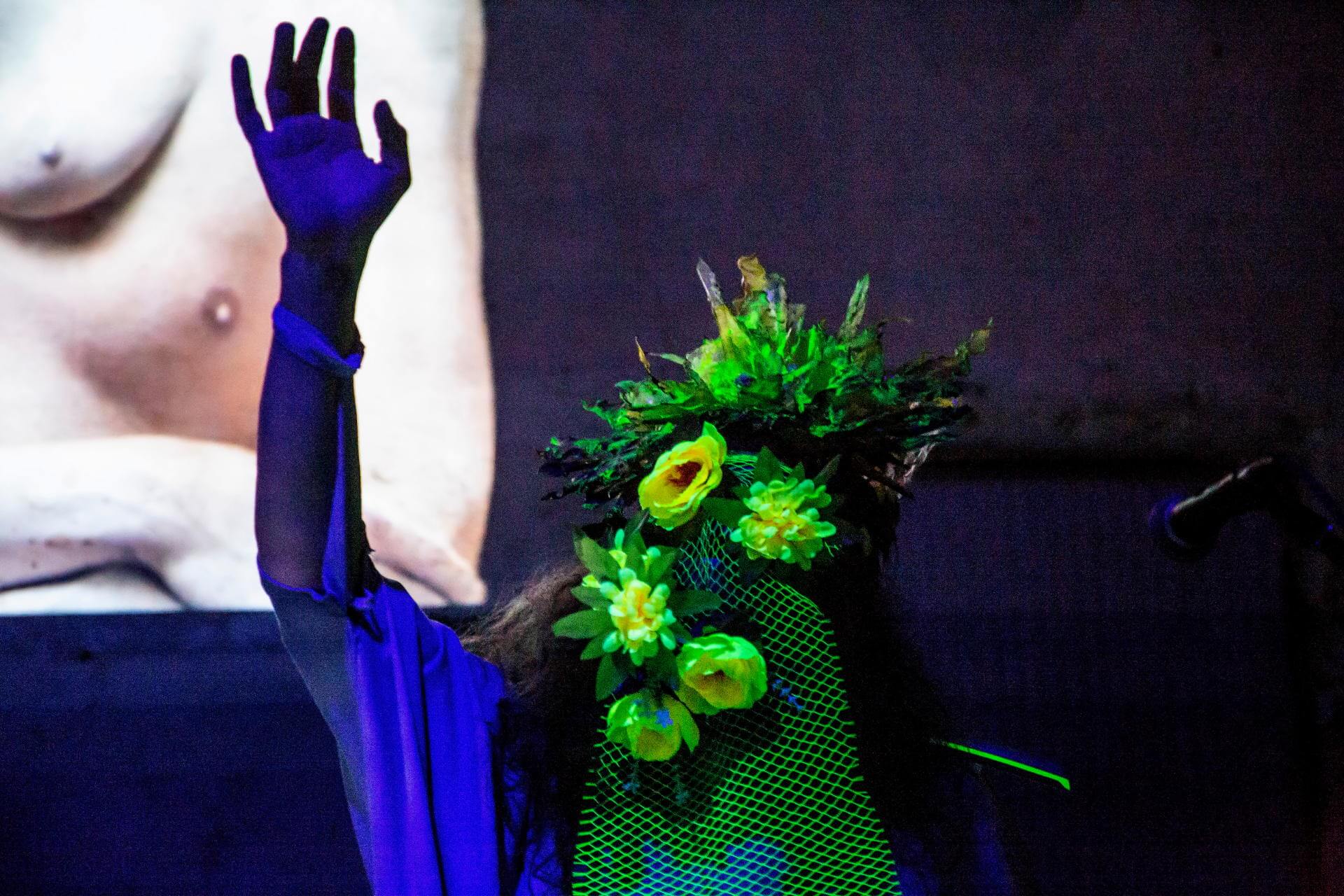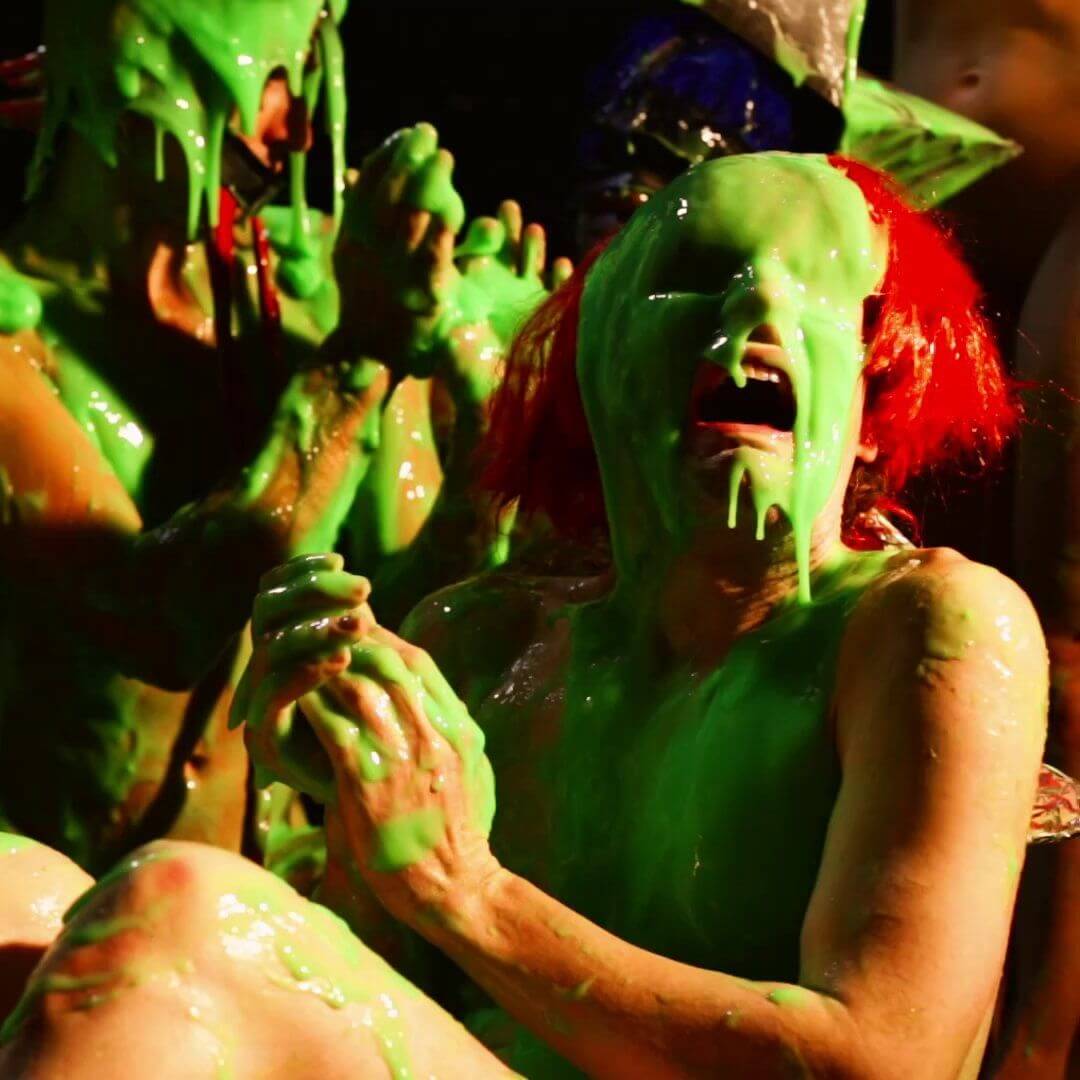Category: Hide
-
Sound in Stone: Day 4
Thursday 2nd March 2023 We have begun to start our days later and later, our slow mornings dragging into the early afternoon. So today Donato attempts to realign us and arrives at 8am, baked goods in hand, and beckons us out of the house and into our cars. We follow him to a roadhouse some…
-
Sound in Stone: Day 3
Wednesday 1 March 2023 We spend the morning ploughing through outstanding administrative tasks, mainly related to grants we are applying for. We both harbour ambivalence towards becoming artists who rely on public funding, feeling uneasy about the state capture that threatens free expression, as well as the never-ending cycle of funding applications. And yet we…
-
Sound in Stone: Day 2
Tuesday 28th February 2023 Donato rouses us once again with the scent of coffee and Cornetti. We feel loved. So much care is taken on our behalf, for our funny little vision of a world in which stones can sing if we only know how to hear them. He proposes that we make a performance…
-

Sound in Stone: Day 1
Monday 27 February 2023 Donato arrives just as we are waking up, bearing cornetti stuffed with cream from a sour dough bakery – Altamura is known across Italy for its bread and it doesn’t disappoint. With coffee coursing through our veins, Donato leads us on a sonic and psychic exploration of the residency space Dimora…
-
Sound In Stone: Day 0
Sunday 26th February 2023 Day Zero has arrived. A fresh start or perhaps a new cycle in a waveform? Over the next ten days, we anticipate our final voyage to the Murgia region as we conclude our research on extraction, and our excitement for this return is palpable on the airplane. We don’t like to…
-

HYENAZ AUTOMINE DOCUMENTATION
-
Promotional Photos
Please credit the photographer/stylist listed in the filename
-
Ex Situ Image Gallery
-

Foreign Bodies
Foreign Bodies is a sonic and somatic exploration of bodies: bodies in motion and bodies in migration; bodies managed by internal and external forces; bodies navigating boundaries set by others; bodies negotiating boundaries they set for themselves; bodies in flux; bodies in synchronicity; bodies in resistance to management and control. Initially, Foreign Bodies emerged in…